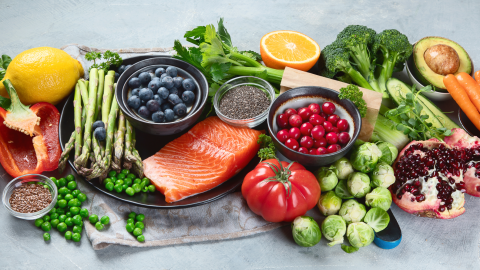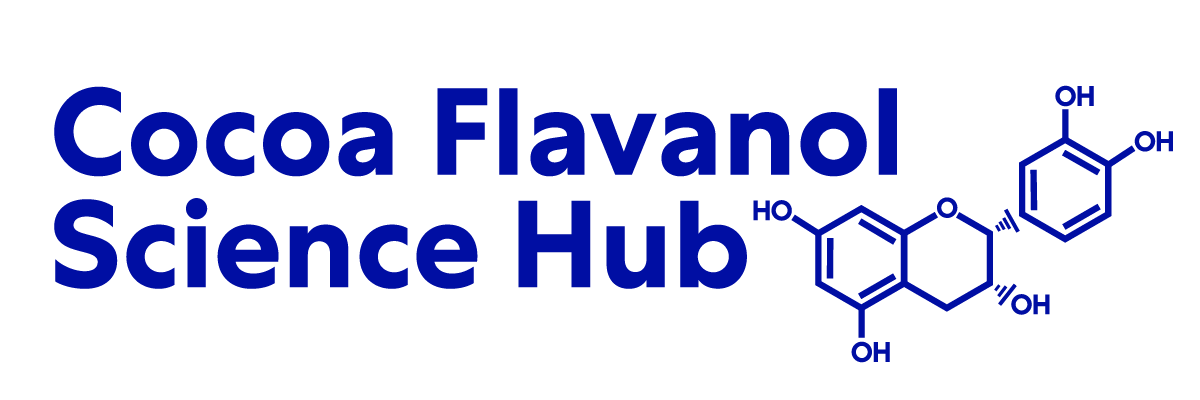Beyond essential nutrients:
The role of bioactives in health and nutrition

We are all familiar with the importance of eating essential nutrients such as vitamins and minerals. But, over the years, researchers have also been increasing our understanding of bioactives in a healthy, balanced diet.
Bioactives are naturally occurring compounds found mainly in fruits, vegetables and whole grains, which can affect processes in the body. While their absence from the diet does not result in deficiency or disease – unlike recognized “essential nutrients” - their presence helps to optimize health.
Recognizing bioactives as part of a balanced diet
When thinking about what makes a balanced diet, most of us will focus on macronutrients, such as protein, carbohydrates and fat, vitamins and minerals. But food is more than the sum of these nutrient parts – it also contains bioactives that can play a role in our health.
There is a lot of research showing that diets rich in non-essential nutrients help to maintain and improve health. From lutein and astaxanthin attracting significant scientific interest for their role preventing eye diseases and vision loss, to soy-based isoflavones being linked to lowered risk of several chronic health conditions, evidence is indicating that bioactives may also have a role to play in disease prevention.
Research has shown that a diet rich in flavanols, a bioactive compound found in many plants including tea, apples, cocoa and berries, has a beneficial effect on health. Regular consumption of flavanols, including the mixture found in cocoa - the cocoa flavanols - has been linked to the ability to maintain healthy blood pressure, improve vascular and heart health, and even cognitive function and memory in healthy adults.
While bioactives, particularly flavanols, are increasingly recognized for their health benefits, few currently have formal recommendations such as Dietary Reference Intakes (DRI) informing people how much they should eat. The lack of clear recommendations for these components is a gap in helping people to optimize their health through diet.
Can we introduce guideline daily amounts for bioactives?
Introducing recommendations for bioactives would be a step change in how we help the public to lead healthier lives. But before this can be done, a better picture of how they affect the overall health of large populations over time is needed. In the context of flavanols, this understanding may not be far off.
The Cocoa Supplement and Multivitamins Outcomes Study – COSMOS – aims to provide insights into the long-term benefits of cocoa flavanols. This is the largest dietary intervention study of its kind following over 21,000 healthy older adults in the US over four years aiming to provide robust evidence on the role that flavanols may have in promoting cardiovascular health and overall health as we age.
The results of COSMOS will enable a conversation about the potential to move towards a recommended daily intake for flavanols, as well as helping to underscore the role of bioactives more generally in human health.
So, while there are not yet recommended target amounts of bioactives to aim for in our daily diets, we do know that eating a balanced diet that includes plenty of fresh fruits, vegetables and whole grains can help to increase the amount of bioactives we eat to stay healthy. Because good health is more than the absence of disease, and food is more than the sum of its nutrient parts.




